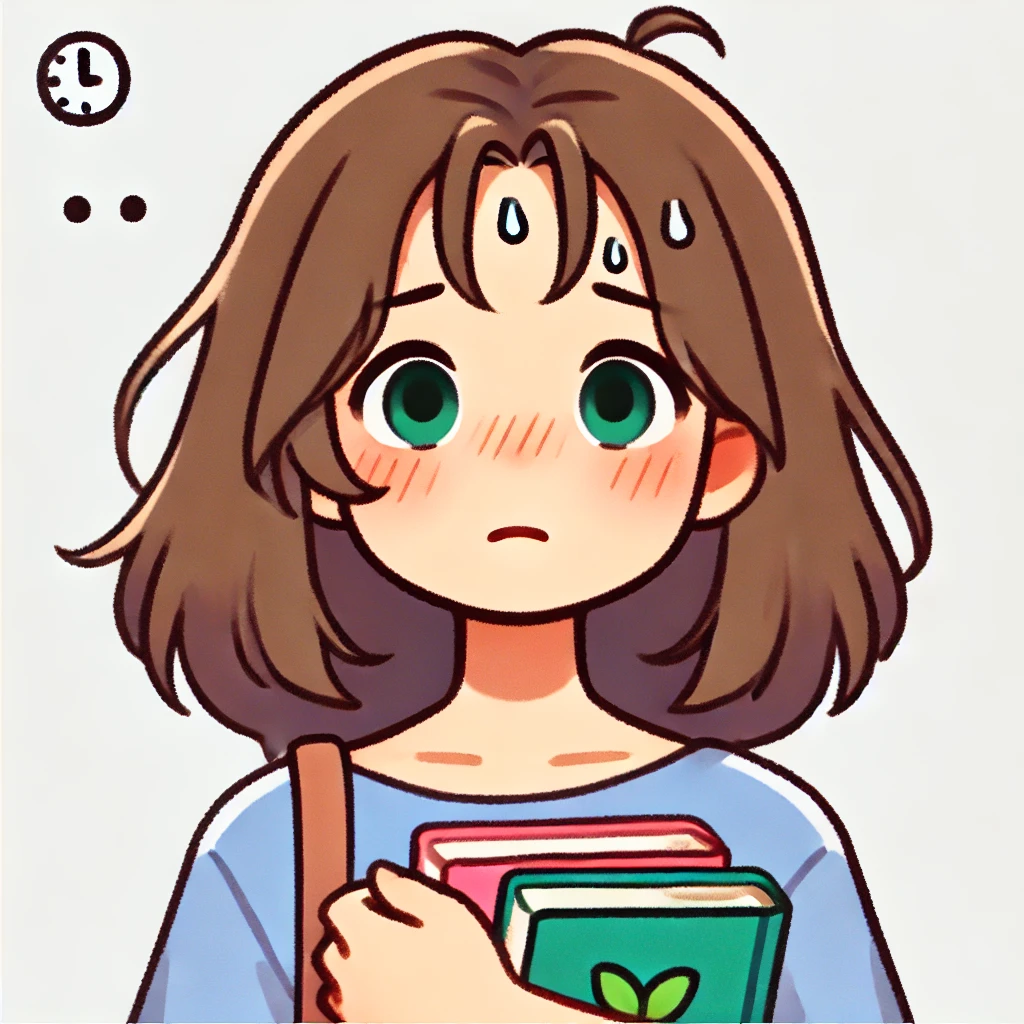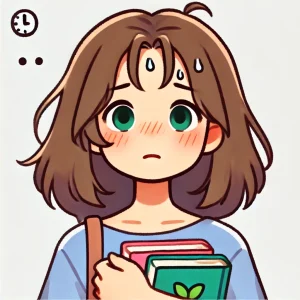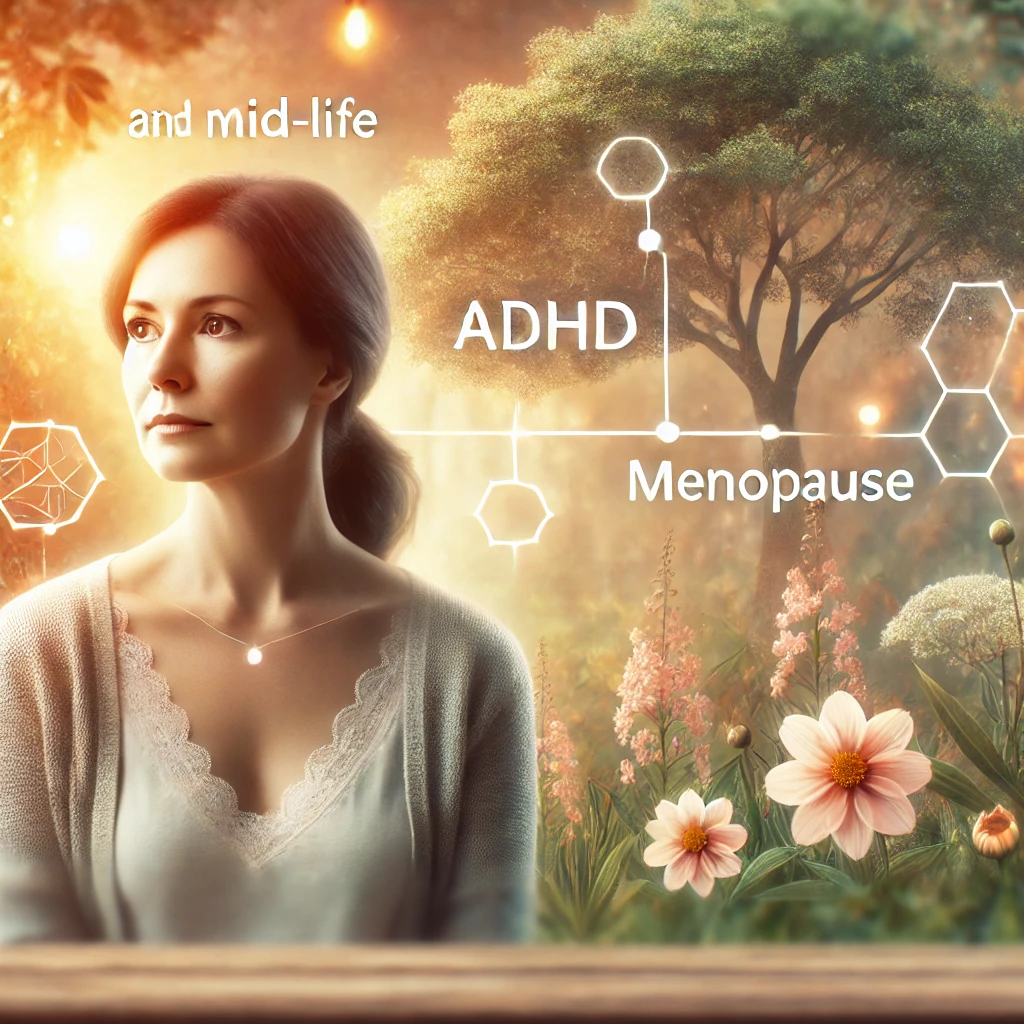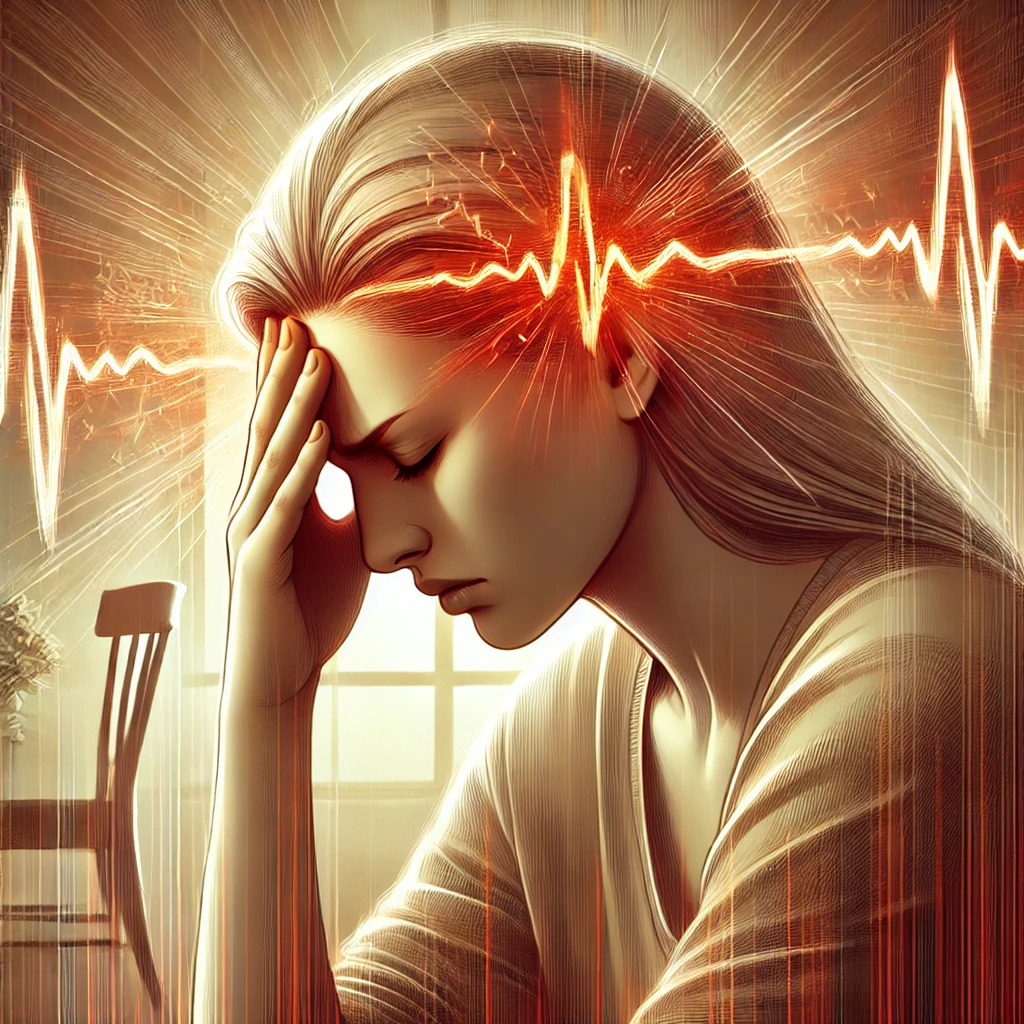
ADHD Girls and Self-Harm: Recognizing the Risks and Providing Support
ADHD girls are at Risk
Girls with ADHD are at higher risk for self-harm, including self-injury and suicidal thoughts, but their symptoms are often missed. Studies show they face unique challenges, making understanding and support essential.
This guide will help you recognize these risks and support your daughter with empathy through the challenges of ADHD.
Understanding ADHD and Self-Harm in Girls
Key Terms to Know
- Combined ADHD (ADHD-C): Involves both inattention and hyperactivity, often leading to impulsive behaviors that increase the risk of self-harm.
- Predominantly Inattentive ADHD (ADHD-I): Primarily attention-based, with less impulsivity and typically a lower self-harm risk.
- Non-Suicidal Self-Injury (NSSI): Self-harm without suicidal intent, often used as an emotional coping strategy that can worsen if left untreated.
When ADHD girls experience stress, they are vulnerable to self-harm because they are more likely to experience extreme emotional dysregulation and can also be impulsive.
Learning to recognize their emotions, building self-compassion, and using medication for emotional regulation and impulsivity can all provide valuable support.
Why Girls with ADHD Are at Higher Risk for Self-Harm
ADHD-Related Traits
- Impulsivity and Risky Behavior: Girls with Combined ADHD (ADHD-C) often act impulsively, which can lead to self-harm, especially during intense emotional moments.
- Severity of Symptoms: Intense emotional highs and lows can be challenging to manage, leading some to self-harm as a way to cope.
- Executive Functioning Issues: Difficulties with planning and impulse control can make decision-making harder in stressful situations, increasing the risk of self-harm.
Emotional Dysregulation: The “Perfect Storm”
A major link between ADHD and self-harm is emotional dysregulation, or difficulty managing intense emotions. Girls with ADHD often experience severe mood shifts, intense frustration, and trouble calming down, which may lead to self-harm as a form of emotional release. Studies stress the importance of early intervention to help girls with ADHD develop healthier coping skills.
Gender-Specific Factors
Family and Environmental Influences on Self-Harm Risk
Several family and environmental factors increase the risk of self-harm in ADHD girls:
- Family History of ADHD or Self-Harm: Genetic predispositions and family dynamics, especially if there’s a history of mental health conditions, can increase self-harm risk.
- Adverse Childhood Experiences (ACEs): Traumatic events like family conflict are linked to higher self-harm risks among ADHD girls.
- Co-Occurring Mental Health Conditions: Depression, anxiety, and other conditions are common in ADHD girls, further increasing their vulnerability to self-harm.
The Importance of Screening for Self-Harm in ADHD Girls
Many adolescent girls who self-harm may have undiagnosed ADHD. If your daughter is self-harming or has ADHD, encourage her therapist to screen for the other. Early screening can lead to interventions that reduce the risk of recurring self-harm or help identify ADHD early, ensuring she gets the support she needs.
How Parents Can Recognize and Counter Self-Harm Risks in ADHD Girls
Recognizing Warning Signs of Self-Harm
Being aware of early warning signs can empower you to offer support before behaviors escalate. Here’s what to watch for:
- ✔️ Behavioral Changes: Withdrawal, loss of interest in favorite activities, or sudden agitation may indicate distress.
✔️ Mood Swings: While emotional highs and lows are common in ADHD, more intense mood shifts could signal deeper issues.
✔️ Self-Harm or Hopelessness: Take any mentions of self-harm, hopelessness, or comments about “not wanting to be here” seriously.
✔️ Risky or Impulsive Actions: New risky behaviors might reflect underlying emotional struggles. - ➡️ When to Seek Immediate Help
If your child expresses thoughts of self-harm or suicide, seek professional support right away. Contact a crisis line, therapist, or emergency services for prompt assistance in emergencies.
Fostering Emotional Regulation and Coping Skills
Teaching Healthy Outlets: Helping your child find positive ways to cope with emotions can reduce the impulse to self-harm.
- ✔️ Encourage Creative Expression: Journaling, drawing, or physical activities can be constructive outlets for intense emotions.
✔️ Model Stress Management: Demonstrate self-compassion and effective coping strategies; children learn by example.
✔️ Practice Self-Care Together: Try mindfulness exercises or calming activities together to reinforce these habits.
Creating a Supportive Home Environment
✔️ Open Communication: Regularly check in with your child and let her know that discussing difficult feelings is okay.
✔️ Family Bonding: A connected family environment with open discussions can reduce feelings of isolation, helping your daughter feel secure and supported.
✔️ Build Positive Social Relationships: Encourage her to join clubs, sports, or activities that promote positive social interactions.
✔️ Resilience to Bullying: Equip her with assertive responses and self-care strategies for handling bullying or peer rejection, which can often exacerbate self-harm tendencies.
Learn more about show to talk to girls about self-harm here
Collaborating with Schools and Therapists
Self-Care for Parents of ADHD Girls at Risk for Self-Harm
Supporting an ADHD daughter at risk for self-harm can be emotionally overwhelming. Self-care is essential to sustain your ability to help her:
- ✔️ Acknowledge Your Needs: Seek support through friends, support groups, or counseling.✔️ Celebrate Small Wins: ADHD presents challenges, but every step of progress is valuable. Take it one day at a time.
Reflection for Parents
Take a moment to reflect: What strengths have my child shown that I can celebrate and encourage? What self-care routines could help me stay grounded and resilient?
FAQ: Common Concerns for Parents of ADHD Girls and Self-Harm
1. How do I know if my daughter’s behavior is related to ADHD, self-harm, or something else?
It can be challenging to separate ADHD symptoms from behaviors that may be signs of distress or self-harm.
- Observe Patterns: ADHD-related behaviors often follow patterns. For example, impulsive actions may spike during times of stress or overstimulation. Self-harm, however, might occur when your daughter is feeling particularly overwhelmed, sad, or angry.
- Consult a Mental Health Professional: Reach out to a therapist who specializes in ADHD and adolescent mental health. They can help differentiate between typical ADHD-related behaviors and signs that may indicate deeper emotional challenges.
- Document Behaviors: Keeping a journal of specific behaviors, their frequency, and possible triggers can be invaluable for both you and a therapist to understand the situation better.
2. What are the first steps if I notice signs of self-harm in my daughter?
- Start with Open Communication: Gently express your concern without judgment. You might say something like, “I’ve noticed you seem really stressed lately. Do you want to talk about it?” The goal is to show empathy and create a safe space for her to share.
- Seek Professional Support: If self-harm behaviors persist, consider reaching out to a mental health professional experienced in working with ADHD and self-harm. They can guide you through the next steps, like developing coping skills or, if necessary, exploring treatment options.
- Don’t Delay If There’s Immediate Risk: If your child mentions thoughts of harming herself or expresses hopelessness, seek help immediately by contacting a crisis line, emergency services, or a therapist who can provide urgent care.
3. How can I help my daughter manage her emotions to reduce the risk of self-harm?
- Teach Emotional Regulation Skills: Techniques like deep breathing, mindfulness, and grounding exercises can be very helpful. You can even practice these together to make them a natural part of your family’s routine.
- Encourage Physical Outlets: Activities like dancing, running, or even a creative outlet like drawing or writing can give her a healthy way to release pent-up emotions.
- Model Healthy Coping Strategies: Share how you handle tough emotions. For example, saying, “When I feel stressed, I like to go for a walk or write down what’s bothering me. Do you want to try that with me?” can encourage her to find constructive outlets.
4. What can I do to support my daughter if she has been bullied or feels socially isolated?
- Foster Social Skills: Encourage activities where she can interact with peers in structured, supportive environments, such as clubs or community groups. Social skills programs specifically for ADHD children can also be incredibly beneficial.
- Teach Assertive Responses: Practice ways she can respond to bullying or rejection. Role-playing scenarios can help her feel more prepared to stand up for herself if she encounters negative behavior.
- Promote Self-Compassion: Remind her that everyone faces challenges, and that she’s not alone. Practicing positive self-talk, like “I am worthy of respect” or “I deserve kind friends,” can be powerful.
5. I feel overwhelmed by the challenges of supporting my daughter. How can I ensure that I’m taking care of myself, too?
- Seek Your Own Support: Talking to other parents of ADHD children or joining a support group can provide encouragement and insight. Online communities or local groups can be great places to connect.
- Set Boundaries: It’s okay to take breaks when you need them. Finding time for a short walk, a hobby, or even a few minutes of mindfulness each day can help you recharge.
- Celebrate Small Wins: Parenting a child with ADHD has unique challenges, and it’s important to acknowledge every step forward, no matter how small. Reflect on the progress you’ve made and remind yourself of the positive impact you’re having on her life.
Conclusion: Empowering ADHD Girls to Overcome Self-Harm
Learning about ADHD and the risks of self-harm equips you to offer your daughter the understanding and support she needs. You can help her build resilience, confidence, and the tools to handle life’s challenges through patience, compassion, and proactive steps.







